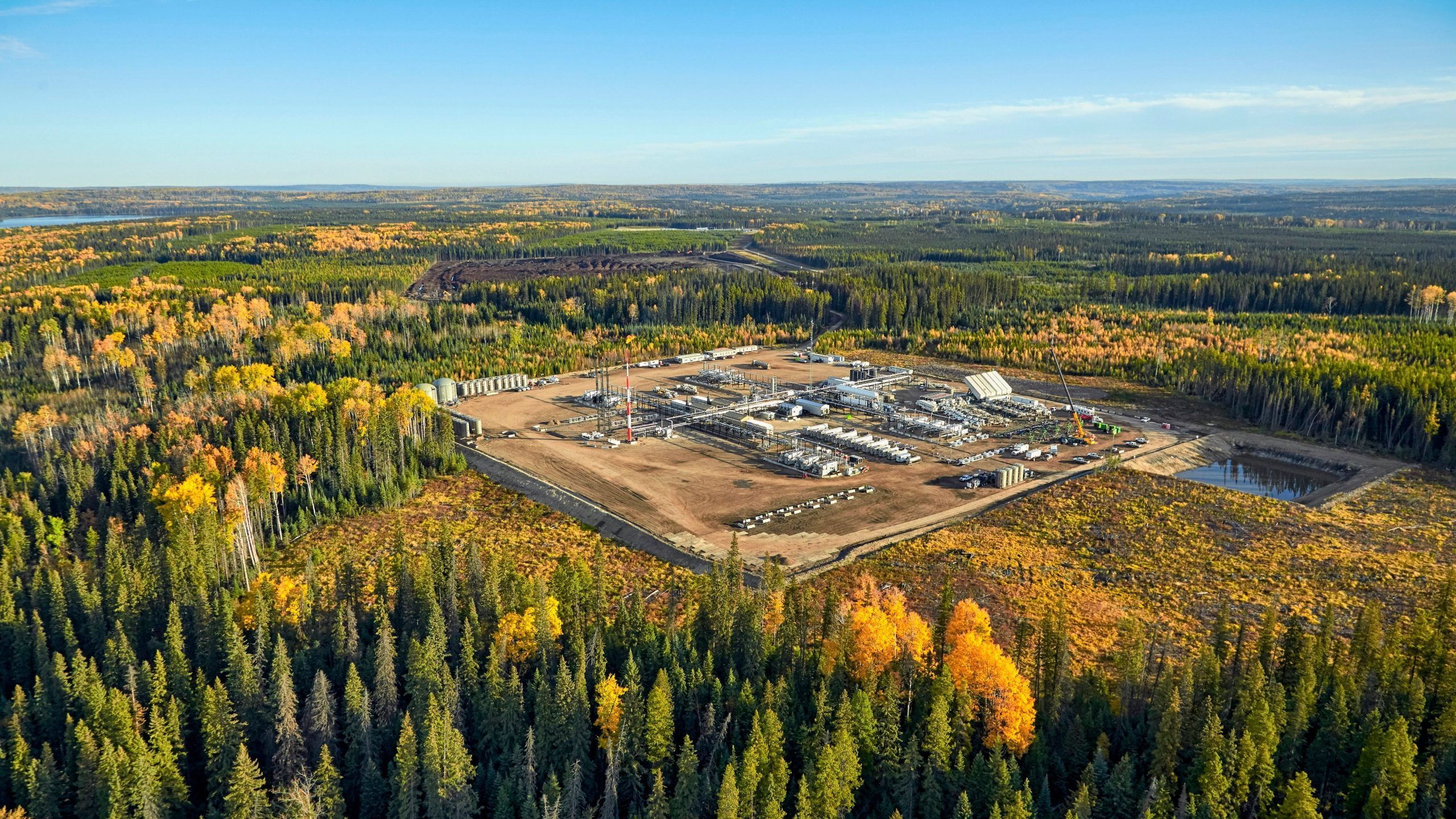It’s massive, recognized to have low emissions, and has some of the most competitive energy economics in North America.
The Montney play in northern B.C. and Alberta has become the driving force of Canada’s natural gas industry. It’s also the foundation of Canada’s emerging liquefied natural gas (LNG) exports, and new deals signal it will continue to pick up steam.
“This immense resource remains the primary focus of most Canadian gas producers,” RBN Energy analyst Martin King wrote recently, describing the Montney as having “inexhaustible energy.”
The play has grown from next to no production in 2005 to just over half of all the natural gas produced in western Canada as of September 2022, he said. Growth is expected to continue in the years ahead given the play’s “gargantuan reserves and prolific wellhead productivity.”
Canada’s natural gas powerhouse
The Montney holds about half of Canada’s natural gas resources, according to the Canada Energy Regulator (CER). This year it is also expected to offer the highest investment payback of any natural gas play in North America, according to Rystad Energy.
“Even during years of really bad natural gas volatility, particularly between 2017 and 2019, the Montney still performed on par with the U.S. gas plays, so those returns are quite resilient,” said Tom Liles, Rystad’s vice-president of upstream research.
Driving the expected strong results in 2023 is the Montney’s presence of higher value “liquids” like condensate and pentanes-plus – used to dilute bitumen for pipeline transportation – in addition to dry natural gas, Liles said.
Producers are also finding innovative ways to reach customers, including LNG contracts in the U.S. and Canada.
Montney natural gas will feed west coast LNG projects including the LNG Canada terminal under construction and the Woodfibre LNG project that is expected to start building this year. And more activity is taking shape.
Montney deals and LNG
On Mar. 14, provincial and federal regulators issued approval to the Indigenous-led Cedar LNG project to proceed. At the same time, partners Haisla Nation and Pembina Pipeline announced a 20-year supply deal with Montney producer ARC Resources.
On Mar. 28, long-time Saskatchewan operator Crescent Point Energy announced a $1.7 billion Montney acquisition giving it 600 drilling locations in the play, or enough to keep busy for the next 20 years.
The CER projects Montney natural gas production will “grow significantly” through 2050, along with increases in Canada’s LNG exports, even under more aggressive climate policies.
Driven by growing Asian economies looking to get off coal power, world LNG demand is projected to nearly double to reach 700 million tonnes per year by 2040.
Reducing emissions
Once Montney natural gas reaches terminals built on the B.C. coast, it has the potential to reduce world emissions to help fight climate change.
According to Wood Mackenzie, LNG from Canada could reduce Asia’s net emissions by 188 million tonnes of CO2 equivalent per year through 2050 – or the annual impact of taking 41 million cars off the road.
A smaller LNG footprint
LNG projects on Canada’s west coast are expected to have emissions intensity that is less than half the global average.
“Not all LNG is created equal,” researchers with the University of Calgary and University of Toronto wrote in 2021.
They found the emissions intensity of the LNG Canada terminal to be lower than U.S. competitors. It’s a result of Canada’s colder climate, shorter shipping distances to Asia, the use of hydroelectric power, and success in methane emissions reduction.
The findings affirmed a 2019 regulatory permit in Washington state requiring natural gas supply for the Tacoma LNG project to come from B.C. or Alberta.
The Puget Sound Clean Air Authority found natural gas produced in western Canada to be cleaner than natural gas produced in the United States, stating that methane emissions in the U.S. “may be as much as five times higher than those from Canada.”
The unaltered reproduction of this content is free of charge with attribution to Canadian Energy Centre Ltd.
